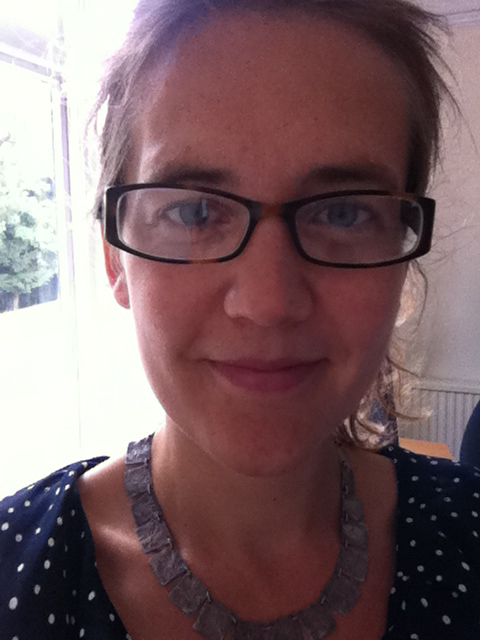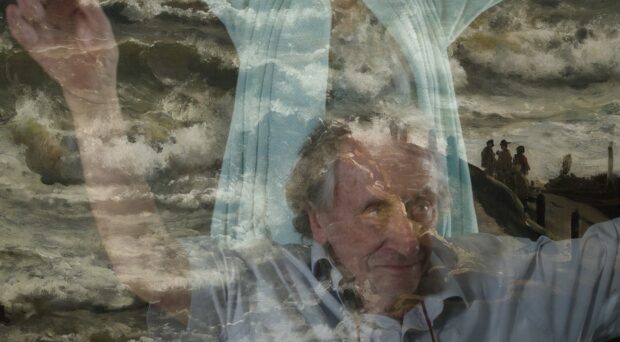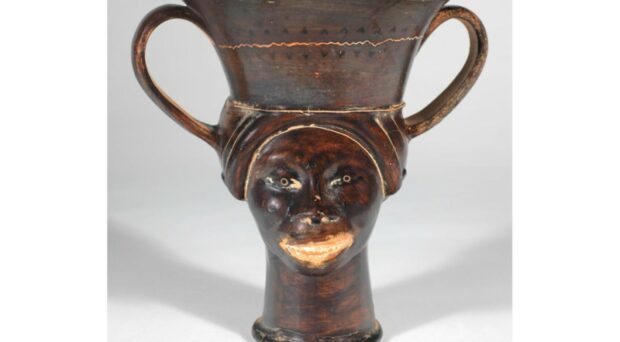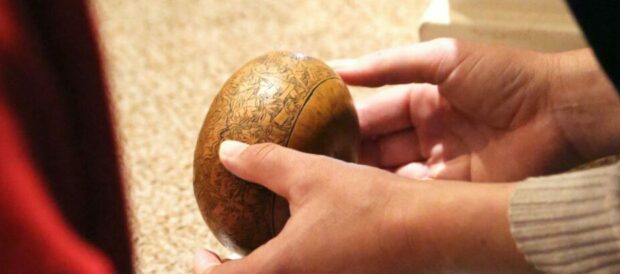How can arts and cultural organisations evaluate the quality and impact of our work with children and young people?
Over the last 18 months, members of the University of Cambridge Museums (UCM) Learning Team have been working on an evaluation project with colleagues from the National Gallery, part of an Arts and Humanities Research Council (AHRC) funded project in partnership with Dr Eric Jensen from the University of Warwick.
The Practical Evaluation Project aims to help arts and cultural organisations evaluate the quality and impact of their programmes with children and young people, with a particular focus on the use of digital technology and automated surveys. The project is funded by the Arts and Humanities Research Council (AHRC), following on from previous AHRC-funded research projects led by Dr Eric Jensen.
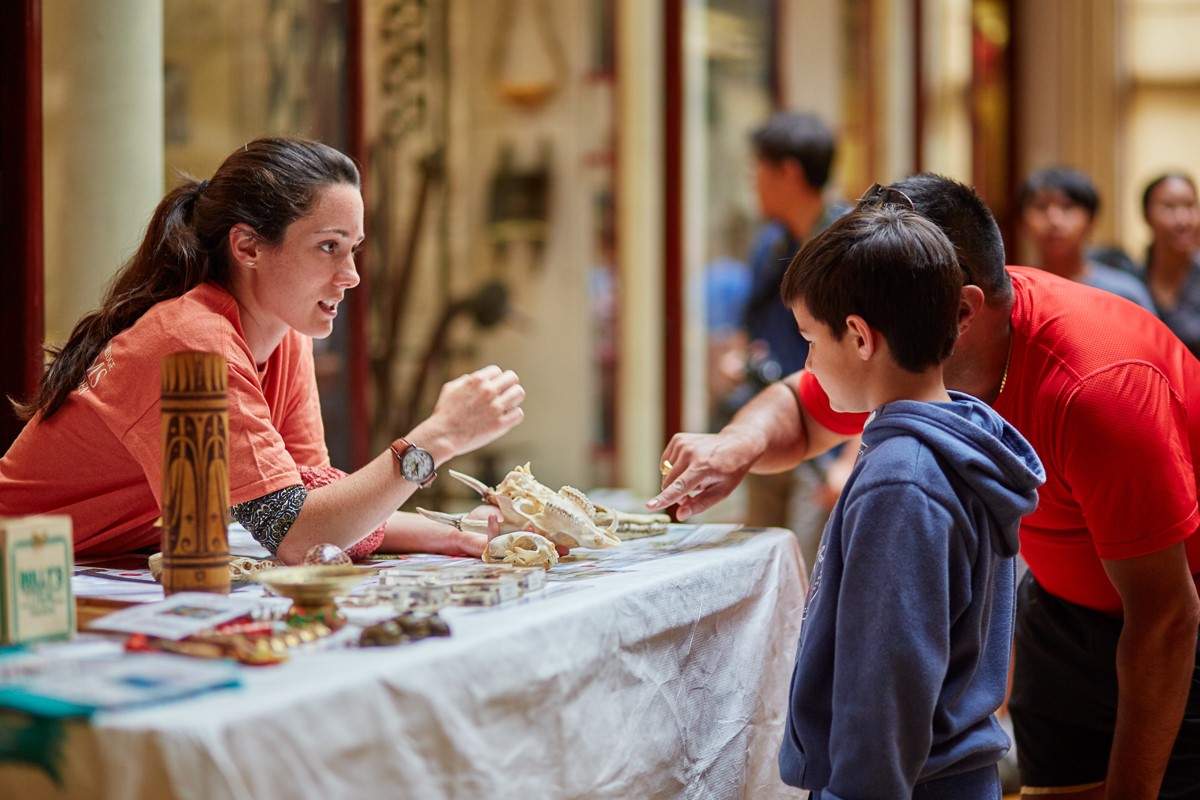
The day-to-day reality of running a busy learning programme in a museum or gallery can make it hard to find the time to step back and reflect on what we are doing and why we are doing it. This project has been particularly exciting as it has enabled me to spend a day a week working with other practitioners to do exactly that. By learning how to use logic models to underpin our planning and evaluation we have had to review existing research in the area and ask ourselves some challenging questions about what the actual impact of our work with children and young people might be.
Our research partner Eric Jensen has researched and written about evaluation in museums and galleries for many years and worked with organisations across the world. He describes the challenges faced by the sector in our project blog:
Arts and culture experiences really matter to people’s lives. But not every experience is equally beneficial, nor necessarily even positive. Arts organisations need to know what is working and why in order to improve their practices and audience experiences. This insight is needed in order to maximise the benefits (e.g. social capital) and minimise the downsides (e.g. social exclusion) of audience engagement with the arts.
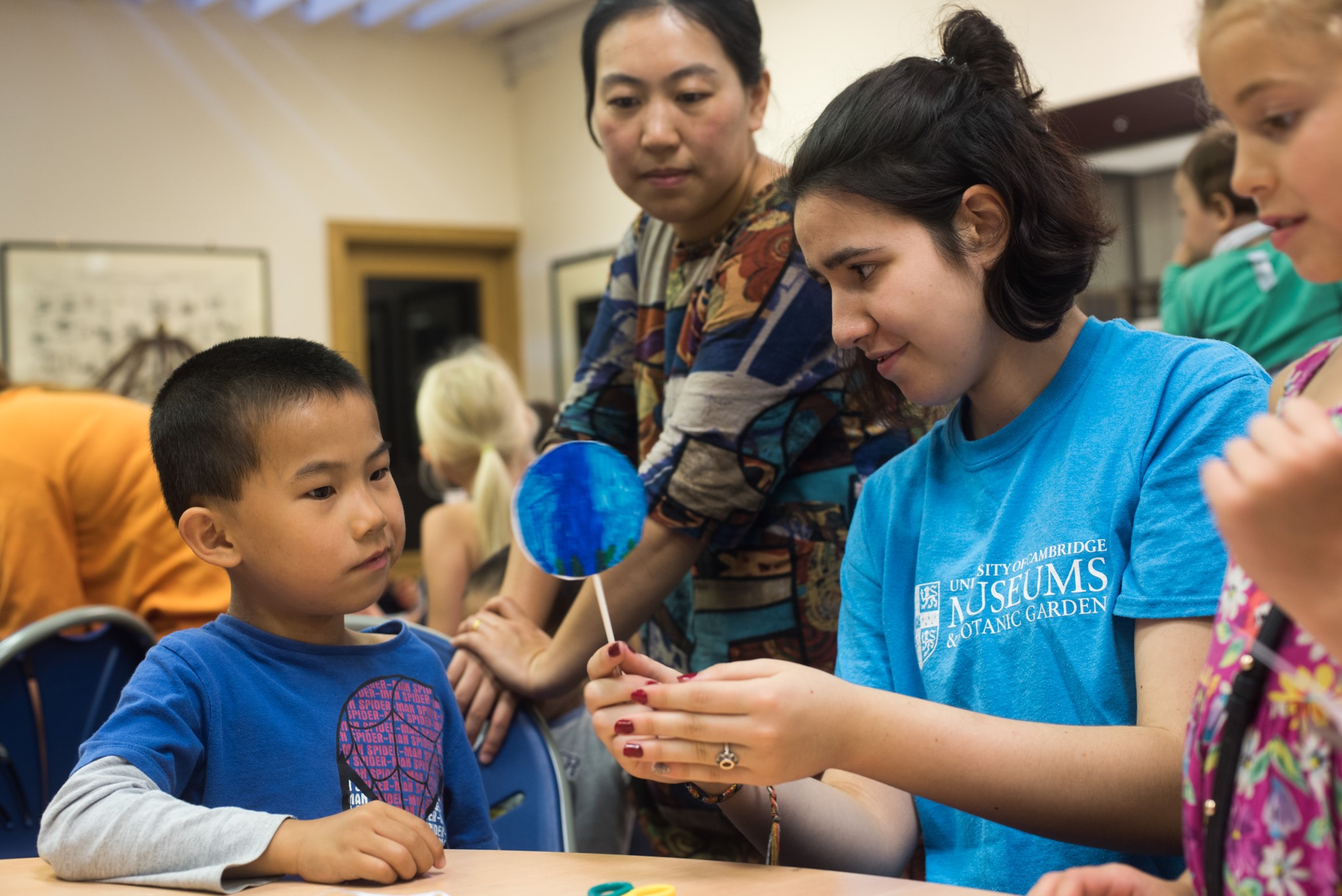
The AHRC Cultural Value Project Final Report called for a strengthening of the relationship between research and evaluation, arguing that evaluation should become more than just for advocacy and accountability. This also relates to the findings of Scott, Dodd and Sandell in their Critical Literature Review of User Value of Museums which concluded that we are now entering an exciting time, where we can ‘make user experience a research priority, to prove that user engagement with museums results in provable social impact’. High quality evaluation enables us to learn from our audiences and to embed their voices and feedback into our planning and programmes. It also helps us to develop an evidence-based practice that really does add value to the people’s lives.
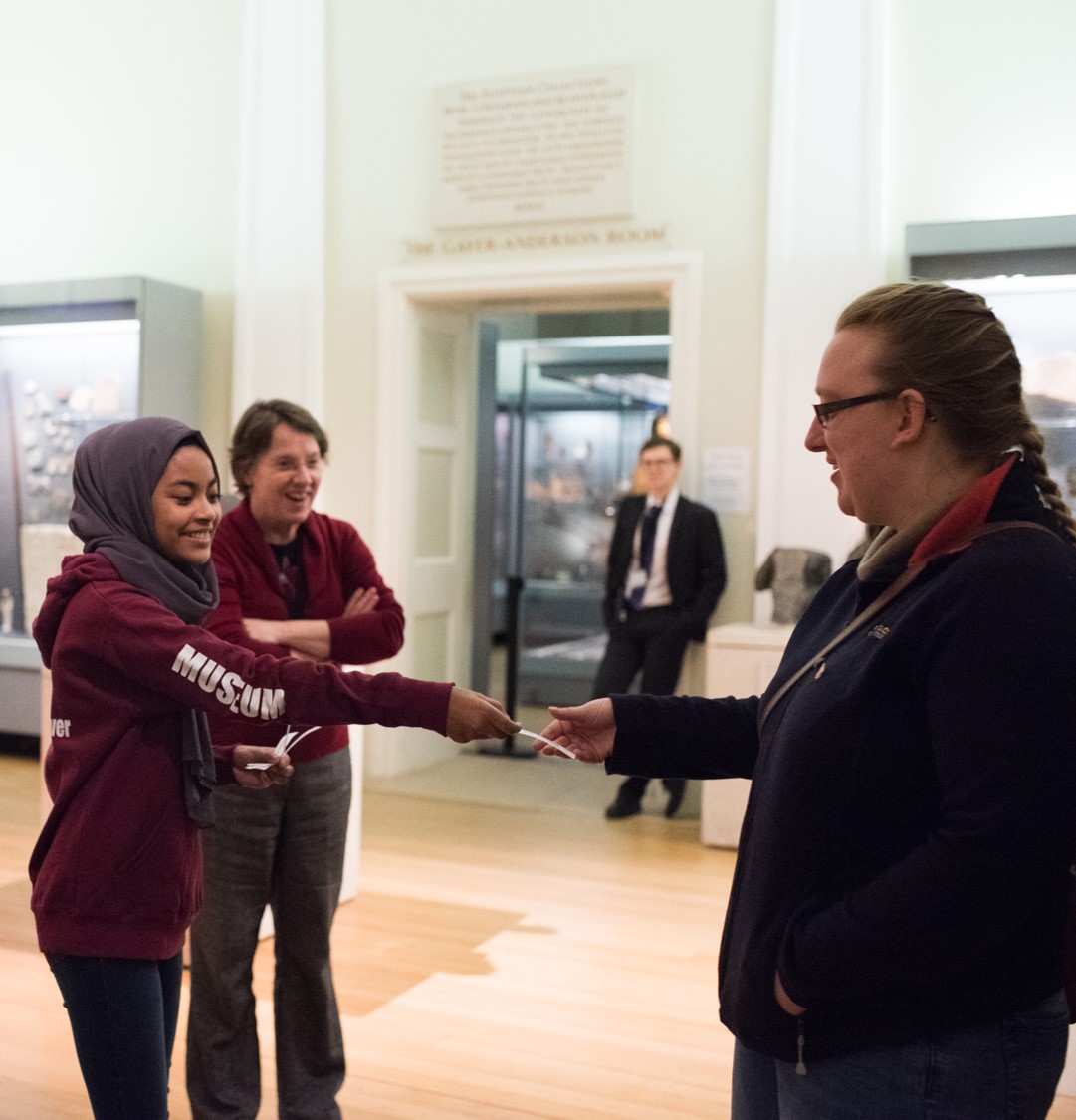
You can read more about the project and the research underpinning it on our project website: The Practical Evaluation website. You can also read case studies written by members of the project team, and download logic model and survey templates to help you to plan your own evaluation project. We have been very fortunate to have had the time and space to focus on evaluation in this way but we hope that by sharing our reflections and the surveys we created as part of the project, we will provide an essential point of reference for other practitioners committed to better evaluating and planning their own programmes with children and young people.

